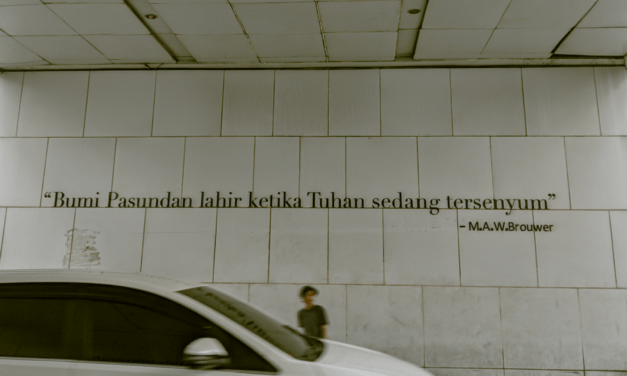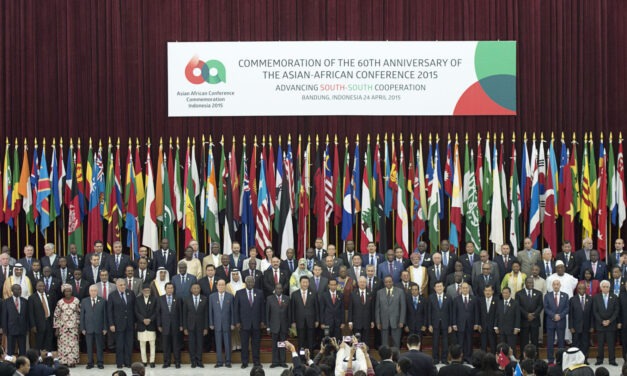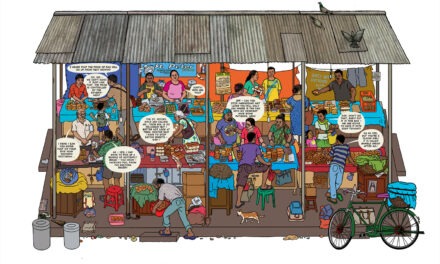Key Profiles at the Bandung Conference
Between 18 and 24 April 1955, 29 nations from the continents of Asia and Africa gathered at Gedung...
Between 18 and 24 April 1955, 29 nations from the continents of Asia and Africa gathered at Gedung...
International Women’s Day at Krapon Chhuck Pagoda Interview by Ros Sokunthy The communes of...

Women’s groups organize a protest action and put up tents in front of the Department of Agriculture. Photo by Del Bañares.
By Bianca Martinez The eighth day of March has traditionally been celebrated in different...
At a regional workshop on global finance and crisis held in Bangkok this March, activists from...
At a regional workshop in Bangkok titled Global Finance: Crisis and Response, Salsabila Putri Noor...

The quote from MAW Brouwer is on the pedestrian bridge wall on the Asia-Afrika street. The street, previously known as Groote Postweg (in English: the Great Post Road), was named to honor the Asia-Africa Conference. Wikimedia Commons.
by Anisa Widyasari Right in the middle of one of the busiest streets in the city, on the...

The heads of state and government, accompanied by heads of delegation of Asian–African countries taking a group photo at the 60th anniversary of the original 1955 Asian–African Conference as the peak event of the 2015 Asian–African Summit at the Merdeka Building in Bandung, West Java, on Friday (24/4). (ANTARA FOTO/AACC2015/M Agung Rajasa/15.)
by Walden Bello, with contributions from Shalmali Guttal The Bandung Conference in April...
Who are we? FemSamyan (เฟมสามย่าน) is an independent feminist club based in Bangkok,...


BREAD SHED. While rice is the traditional staple food of Goa, bread and bread-making were introduced by Portuguese colonialists in the 16th century. Over time, Goa developed a distinctive and rich tradition of baking culture and cuisine. Amost every large village in Goa has its own local bakery making various types of breads, cakes and pastries. Mapusa market has an entire section devoted to breads, supplied from various villages around North Goa. The bread types have interesting local names. For example, a hard-crust doughnut-shaped bread is called 'Kangon' - the Konkani-language word for 'bangle'. Typically, the freshly baked breads go out to individual homes via 'Poders' — delivery men who ride bicycles fitted with big bread baskets, and distinctive sounding air-horns used to announce their arrival in a neighborhood.
A Mural by People Tree Studio The Mapusa Mogi mural project is an ongoing community-centric public...
International Women’s Day at Krapon Chhuck Pagoda Interview by Ros Sokunthy The communes of...

Women’s groups organize a protest action and put up tents in front of the Department of Agriculture. Photo by Del Bañares.
By Bianca Martinez The eighth day of March has traditionally been celebrated in different...
Unpacking the dominant model in order to raise critical understanding among broad constituencies, and to support frontline communities challenging the negative impacts of development
Expanding critical analysis to link economic and development policies with political trends, human rights abuses and violent conflict in order to empower local communities to fight challenges and claim their rights and spaces
Drawing attention to social and political resistance and change to put forth people's own visions and practice for a better world that can form elements of the deglobalisation paradigm